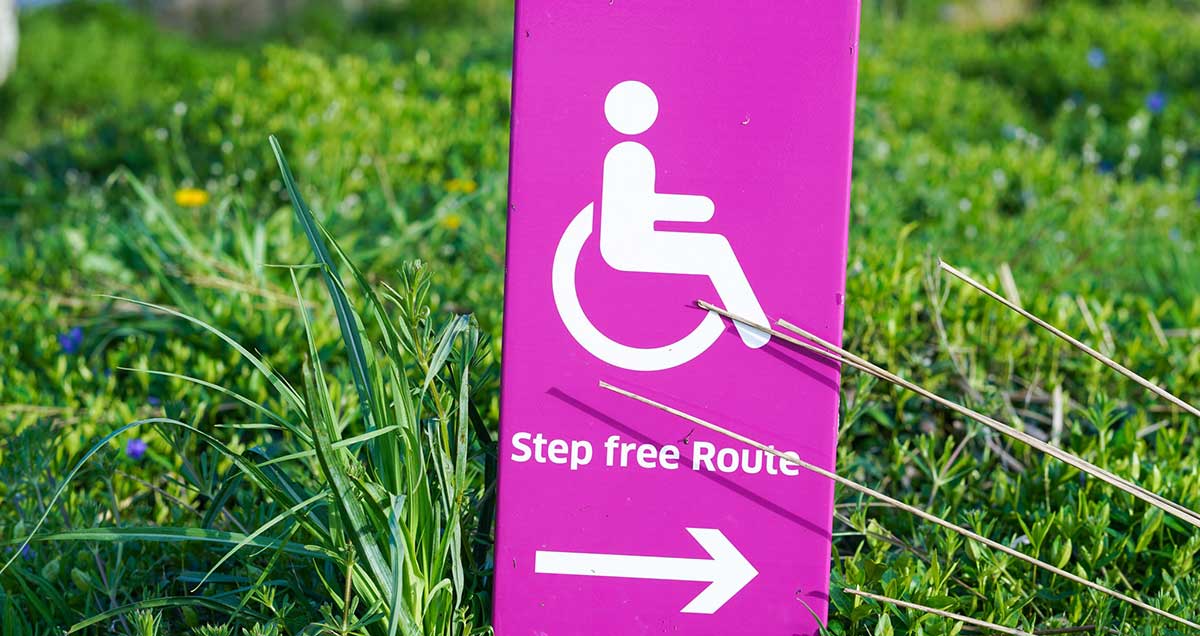A princess in a wheel chair dreams just as big as a princess in a glass slipper. And if she has her way, she will soon reign in the land of retail.
Major retailers are beginning to learn as much, as evidenced in the new line of Halloween costumes introduced by Target (one of which consists of a princess outfit with royal carriage wheelchair cover). Kohl’s, which recently added inclusive clothing pieces to its three largest private-label kids’ brands, joins Target, whose Cat & Jack private label includes adaptive items for kids with unique needs.
By developing lines expressly for kids with special needs, these retailers are picking up on efforts by smaller, niche brands that recognize not only that this market is underserved, according to Core Research, but undervalued. Retailers that do not cater this need soon risk losing billions of dollars in future sales.
More Than 1 In 10
Nearly 16% of the world’s population, or about 785 million people, have a disability, Core reports, citing the World Health Organization’s 2011 World Report on Disability. It further states that 40 million Americans reported a disability in 2016.
Each one of these individuals has apparel needs like everyone else, meaning their clothing should serve both practical and expressive purposes. The key difference is traditional clothing lines don’t necessarily accommodate someone in a wheelchair, someone who has physical sensitivity issues or someone with condition-specific body measurements (as in the cases of those with Down syndrome).
Further, 40 million Americans doesn’t translate to only 40 million target customers — it’s much broader. This is because the parents of kids with unique needs may also be purchasing for their other children. Considering the challenges of traveling with a wheelchair alone, it’s logical these parents would prefer to spend their entire clothing budgets in one location, with those merchants that offer goods for all their kids.
It’s a lot of spending: Core Research estimates the market for adaptive clothing in the U.S. will reach nearly $52 billon in 2022, from $44.5 billion in 2018. Globally, it estimates the market to reach $326 billion in 2022, from $278.2 billion in 2018.
Following In Zappos Footprints
Target and Kohl’s aren’t the first retailers to provide for these complex needs. Zappos Adaptive has been serving this market for at least two years, with shoes designed for diabetics, shirts with magnetic closures and wheelchair-friendly bottoms.
Other merchants that offer innovative clothing and other goods for the special needs market include:
Tommy Hilfiger
The American designer brand in 2016 introduced its “Tommy Adaptive” line for adults and kids as part of its commitment to inclusivity and, importantly, to make fashion accessible to all. It consists of easy-to-care-for clothing pieces thoughtfully made with one-handed zippers, back openings (for seated wearers) and wide leg openings, for prosthetics.
Lands’ End
This traditional brand it tailoring its best-selling items to look just like its mainstream items, but with subtle features for easy dressing, like rip-and-grip closures. The Universal Collection (the slogan is “Making Independence Routine”) includes school uniforms, dress shirts and casual clothes for kids, as well as professional and casualwear for adults.
Patti + Ricky
This online marketplace specializes in fashion and accessories, such as games and jewelry, for adults and kids. Among its creative categories are arm slings, braille clothing patches, decorative gear for crutches and “cochlear cuties” to dress up hearing devices. The brand plans to open its first pop-up shop in New York in 2019.
Ashley by Design
Many merchants that make and sell special needs clothing are entrepreneurs who have had the firsthand experience of trying to find such items. Ashley DeRamus is among them. She has Down syndrome and, frustrated by the lack of fashion options, started her own online women’s apparel brand. Her clothes are truly inclusive, because they can be worn by all women.
All Consumers Matter
These efforts tap into one of the basics of retail that still is occasionally overlooked: Every consumer behavior illustrates a need.
Clothing should be easy to wear; a hearing device or wheelchair can be accessorized to express individuality just like a backpack or bicycle could. The expansion into the special needs market reveals a breadth of opportunity for merchants smart and creative enough to recognize and explore the many differences that define us.
The sooner retailers and brands eliminate their blind spots to these differences and shine a spotlight of expression on them, the better their chances of being a trusted part of this market’s $326 billion (and growing) global future.
Make no question of it: Many of these special children will influence, even reign, that future.
Bryan Pearson a Featured Contributor to The Wise Marketer and is the former President of LoyaltyOne, where he has been leveraging the knowledge of 120 million customer relationships over 20 years to create relevant communications and enhanced shopper experiences.
This article originally appeared in Forbes. Be sure to follow Bryan on Facebook and Twitter for more on retail, loyalty and the customer.


